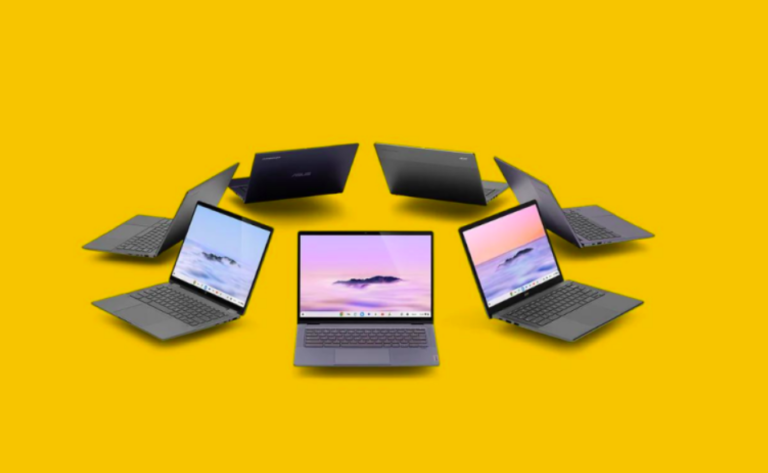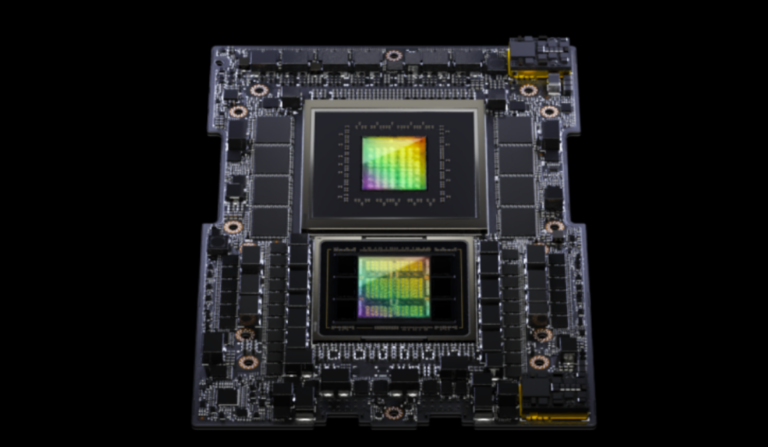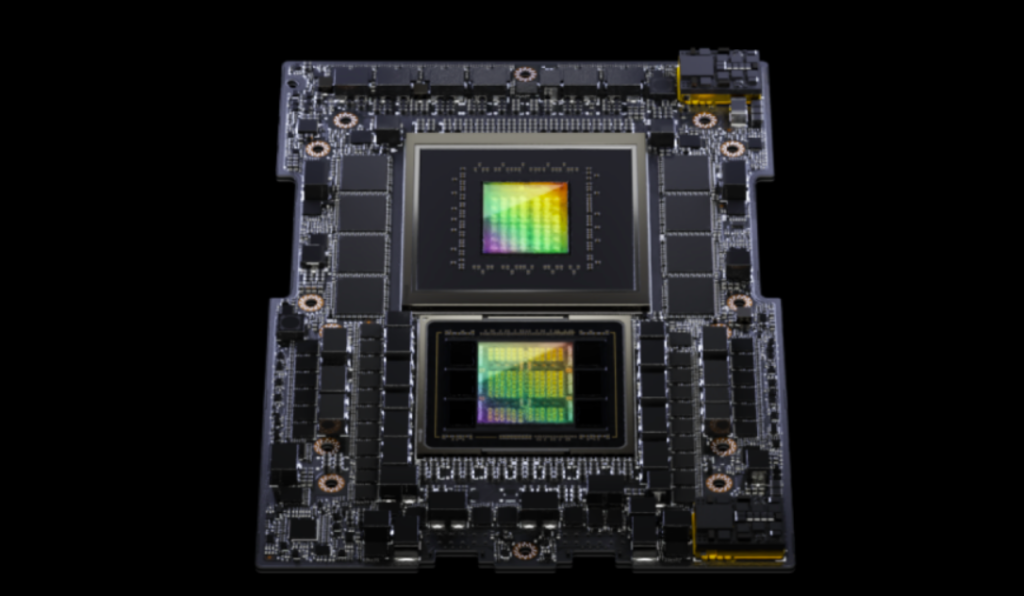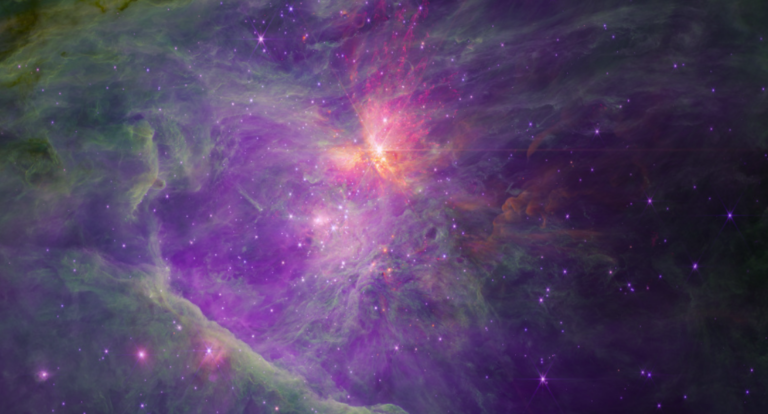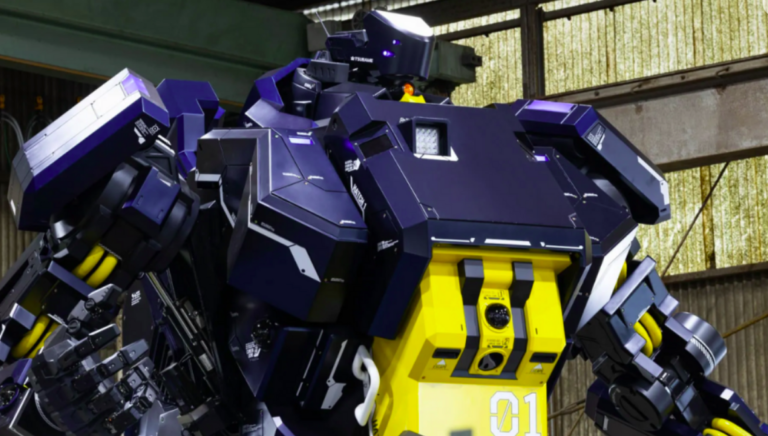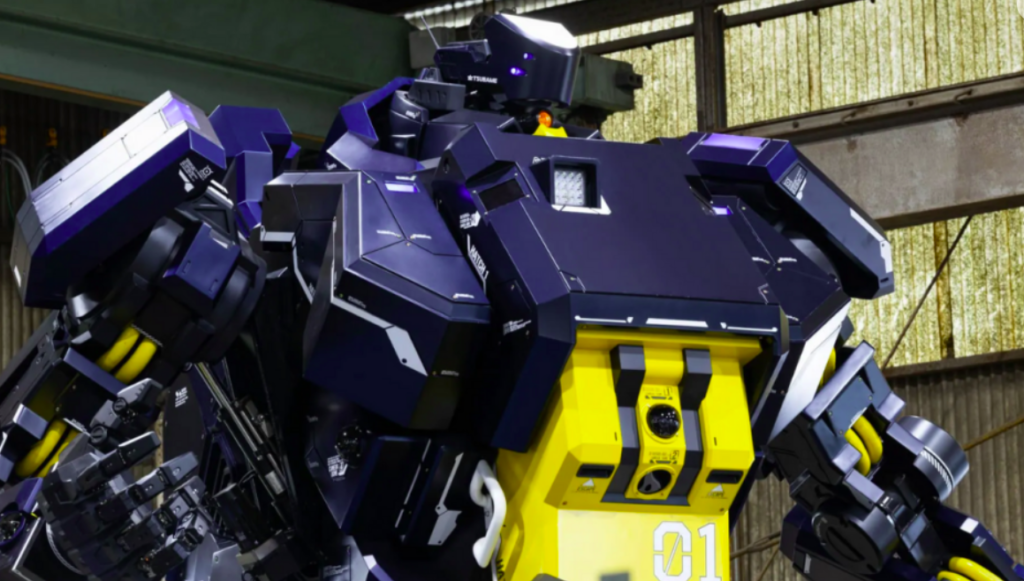Google and original equipment manufacturers (OEMs) are collaborating to launch the Chromebook Plus series.

Google is going to debut the Chromebook Plus, a rebranded laptop line, in less than a week. The upcoming ChromeOS update from the corporation is partially responsible for the better performance and more enjoyable user experience that this category offers. During an on-site briefing, our PCMag colleagues received insider information.
Google worked with its four top system OEMs, Acer, Asus, HP, and Lenovo, to design the Chromebook Plus and set minimum hardware specifications for the new range. There are no inferior Chromebook CPUs like MediaTeks, Pentiums, or Celerons here; only AMD and Intel processors match the bill, including Intel’s Core i3 N300, which was launched earlier this year. Every Chromebook Plus model will have a minimum of 128GB of local storage and 8GB of RAM. The devices in this category will all have 1080p IPS or higher displays, replacing Google’s customary 720p cameras.
Every OEM in the new range will have two new laptops to their name. The Intel Core i3 processor that comes standard in Acer’s Chromebook Plus 515 may be upgraded to an i7 or anything in between. Customers have the option of 128GB of default storage up to 512GB, as well as 8GB of default memory or the 16GB upgrade for the 515. Additionally, users will be able to select whether the 15.6-inch screen is touch- or non-touch, although the gadget will still be in clamshell style. The Ryzen 5 7520 C-series processor and a smaller 14-inch touch or non-touch screen will be found in Acer’s Chromebook Plus 514, which is an AMD option for people who are interested.
Another clamshell device, the Asus Chromebook Plus CX34, competes with Acer’s 515 in terms of processing (i3 to i7), RAM (8GB or 16GB), and storage (128GB to 512GB). Its enormous 5.7-inch trackpad and antibacterial coating are its main selling points. Meanwhile, the 360-degree rotating hinge of Asus’ Chromebook Plus CM34 Flip, which allows for clamshell, tent, and tablet modes, will provide greater physical adaptability. A Ryzen 3 processor will be used for this one.
The Core i3-N305 processor, 8GB of RAM, 256GB of storage, and a 15.6-inch screen are all features of HP’s Chromebook Plus 15.6-inch clamshell. Customers have the option to upgrade to a 144Hz refresh rate display. The HP Chromebook Plus x360 14c will include a 360-degree hinge, similar to the Asus CM34 Flip, and a real SSD with 128GB, 256GB, or 512GB in addition to 8GB or 16GB of memory.
The Slim 3i Chromebook Plus clamshell and the Flex 5i Chromebook Plus 2-in-1 are from Lenovo. Customers purchasing the Flex 5i 2-in-1 have the option of a 256GB or 512GB SSD, 128GB eMMC storage, or a Core i3 or Core i5 U-series processor. Both touch and stylus inputs will be supported on the 16:10 aspect ratio display. In the meanwhile, the Slim 3i will only have an optional touch or non-touch display, an optional Core i3-N305 processor, and 8GB of RAM.
The eight Chromebook Plus models in its introduction range are reasonably priced, with base configurations ranging from $399 to $789, despite the Chromebook Plus line’s obvious superiority over most other Chromebooks. On October 8, Google will launch the Chromebook Plus in the US, then on October 9, in Canada and Europe. The most recent version of ChromeOS, which includes improved video conversations, an editor akin to Photoshop, and Google’s highly configurable “Material You” interface, will come pre-installed on all Chromebook Plus machines.
